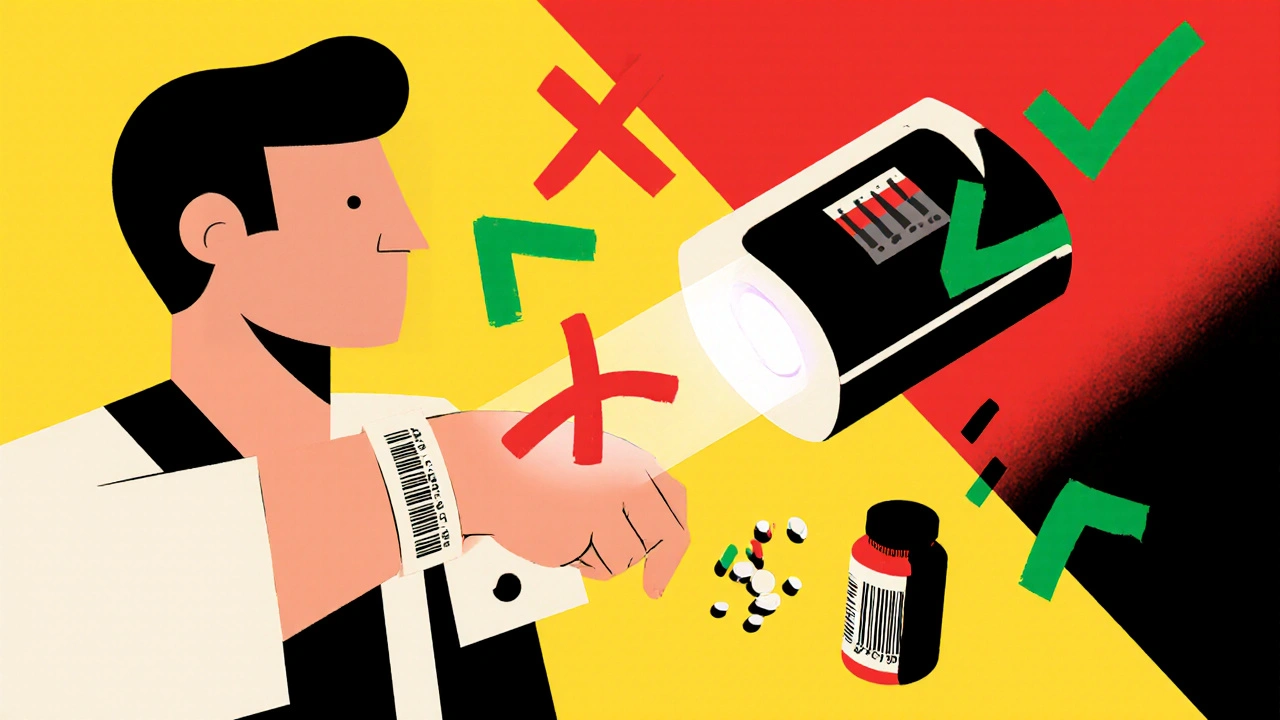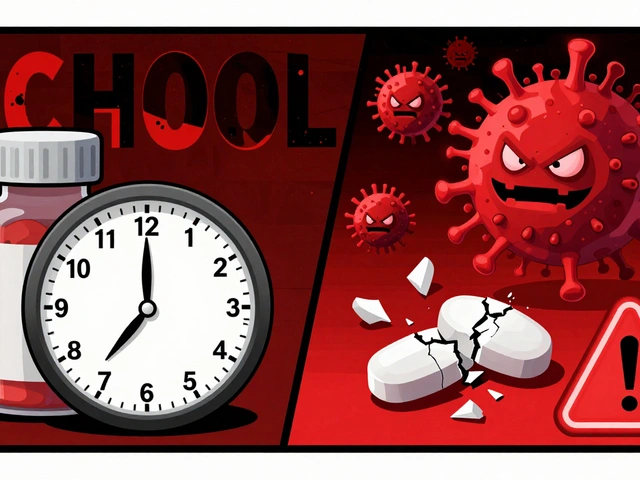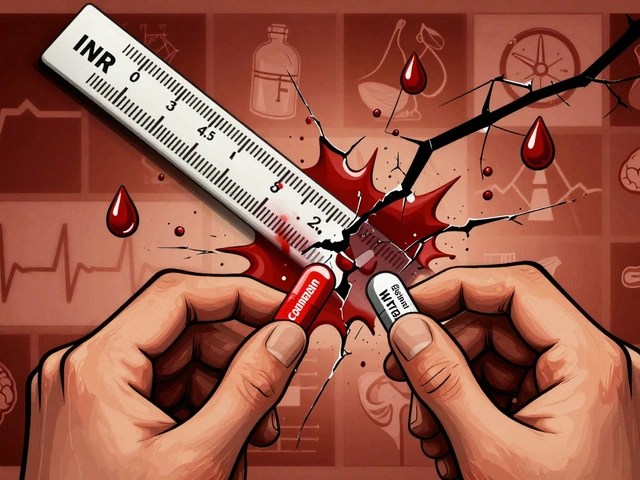Dispensing Errors: How Mistakes Happen and How to Stop Them
When a pharmacist hands you the wrong pill, the wrong dose, or a drug that clashes with what you’re already taking, that’s a dispensing error, a preventable mistake made during the final step of getting medication to a patient. Also known as medication errors, these aren’t rare glitches—they happen in hospitals, clinics, and even your local pharmacy, often because of rushed workflows, poor labeling, or lack of double-checking. You might think it’s just a mix-up with similar-looking bottles, but the real danger lies in the hidden chains: a wrong dose of blood thinner, a child given adult-strength antibiotics, or someone with kidney disease getting a drug that could shut down their organs. These aren’t hypotheticals. Studies show that over 1.5 million people in the U.S. are harmed each year by medication errors, and nearly half of those happen at the dispensing stage.
Dispensing errors don’t happen in a vacuum. They’re often tied to polypharmacy, when patients take five or more medications at once, which increases the chance of a mix-up or dangerous interaction. They’re also linked to drug interactions, when two or more medicines react badly together—like calcium blocking antibiotics, or CoQ10 thinning the blood too much when paired with warfarin. Even something as simple as a handwritten prescription with sloppy handwriting can trigger a chain of mistakes. And let’s not forget the rise of online pharmacies and telehealth prescriptions, where the human check-and-balance is missing. A patient in Texas once got a cancer drug meant for someone else because the system confused two nearly identical names. That’s not a horror story—it’s a documented case.
But here’s the good part: most of these errors are preventable. You don’t need to be a medical expert to protect yourself. Just ask questions. Check the pill against the label. Know your meds by their shape, color, and purpose—not just the name on the bottle. If your doctor changes your dose, ask the pharmacist to explain why. Use the same pharmacy every time so they can track your full history. And if something feels off—like a pill that looks different than last time—speak up. The system isn’t perfect, but you’re the last line of defense. Below, you’ll find real-world guides on how to spot red flags in prescriptions, how to verify your pharmacy is legit, how to avoid dangerous supplement interactions, and what to do when your meds don’t match what you were told. This isn’t about fear. It’s about control. You have the right to safe medication. Let’s make sure you get it.

26
Nov
Barcode scanning in pharmacies prevents up to 93% of medication dispensing errors by verifying the right patient, drug, dose, route, and time. Learn how this simple technology saves lives and why it's still the gold standard for safety.






